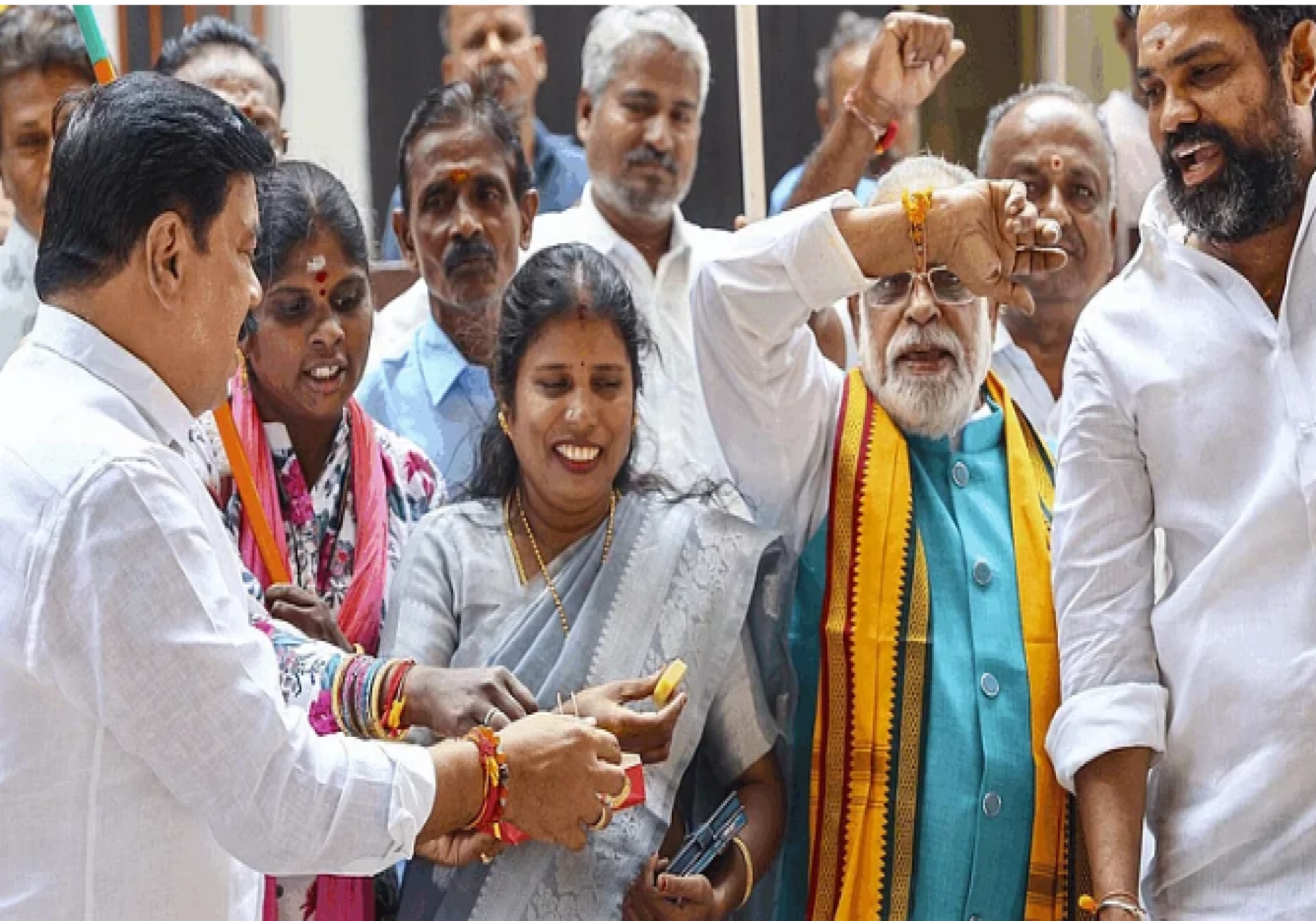
Early trends show the NDA surging ahead while the Mahagathbandhan struggles to keep pace.
In the 2025 assembly elections for Bihar, the NDA has achieved a significant early lead, crossing the landmark halfway threshold of 122 out of 243 seats according to initial counts. The Mahagathbandhan, despite high expectations, is trailing markedly behind, indicating serious strategic and organisational challenges for the opposition bloc.
The ruling alliance’s performance is notable not just for the numbers, but for the breadth of its gains — even in constituencies previously considered strongholds of the opposition. The opposing camp, which includes the Rashtriya Janata Dal (RJD) and the Indian National Congress among others, appears unable to convert voter sentiment or the anti-incumbency narrative into seats at this stage.
Several factors underpin the NDA’s strong showing. Their coalition partners have played effective roles at the grassroots, vote-share gains are visible in key demographic segments, and messaging around development and governance appears to have resonated. Meanwhile, for the Mahagathbandhan the internal cohesion, candidate selection, and campaigning strategy seem to be underperforming in comparison.
What this implies for Bihar’s governance and future elections is significant. A strong mandate for the NDA would give the alliance enhanced stability, momentum for its policies, and a reinvigorated presence ahead of looming national-level contests. For the Mahagathbandhan, this result may trigger introspection about alliance strategy, leadership dynamics, and the ability to mobilise across diverse voter bases.
Looking ahead, while early trends are compelling, the final count and distribution of seats will determine whether the NDA’s lead solidifies into long-term dominance or whether the opposition finds openings in key segments. Analysts will closely watch how each side adapts in the remaining rounds of counting, and how this outcome influences party strategies in other states and at the national level.












